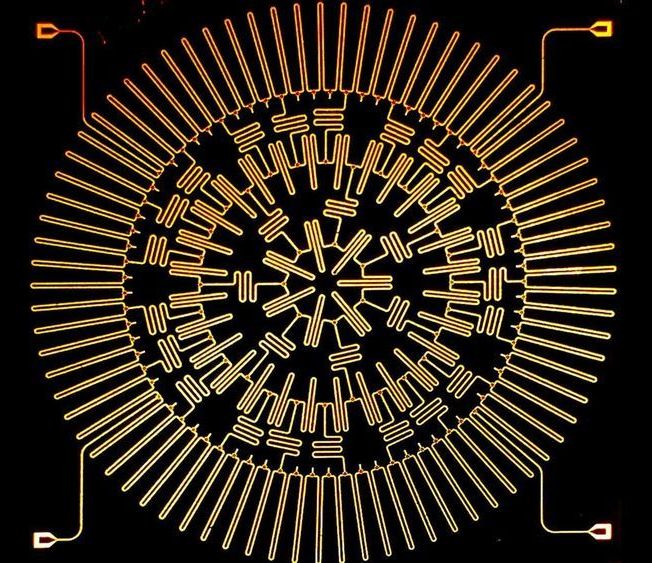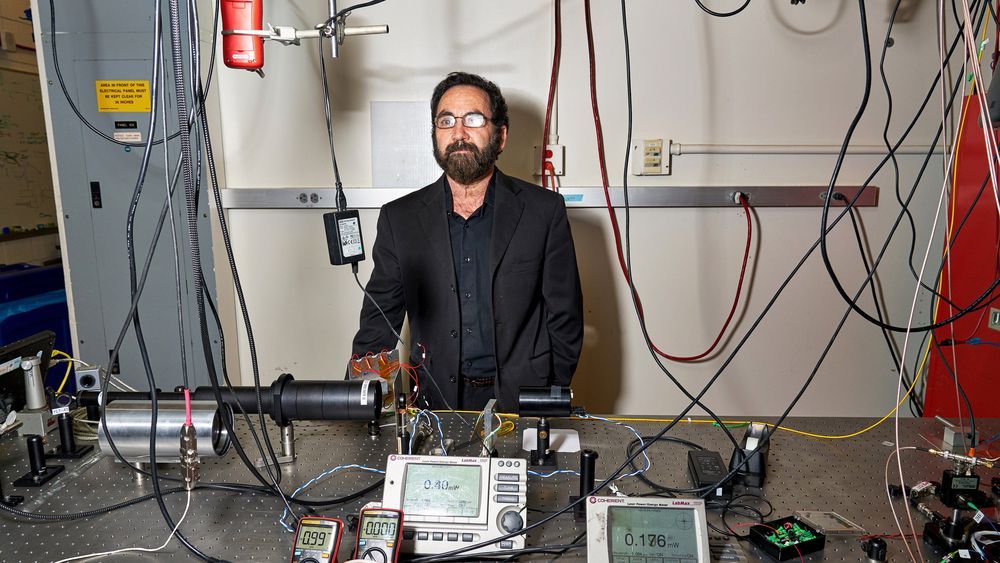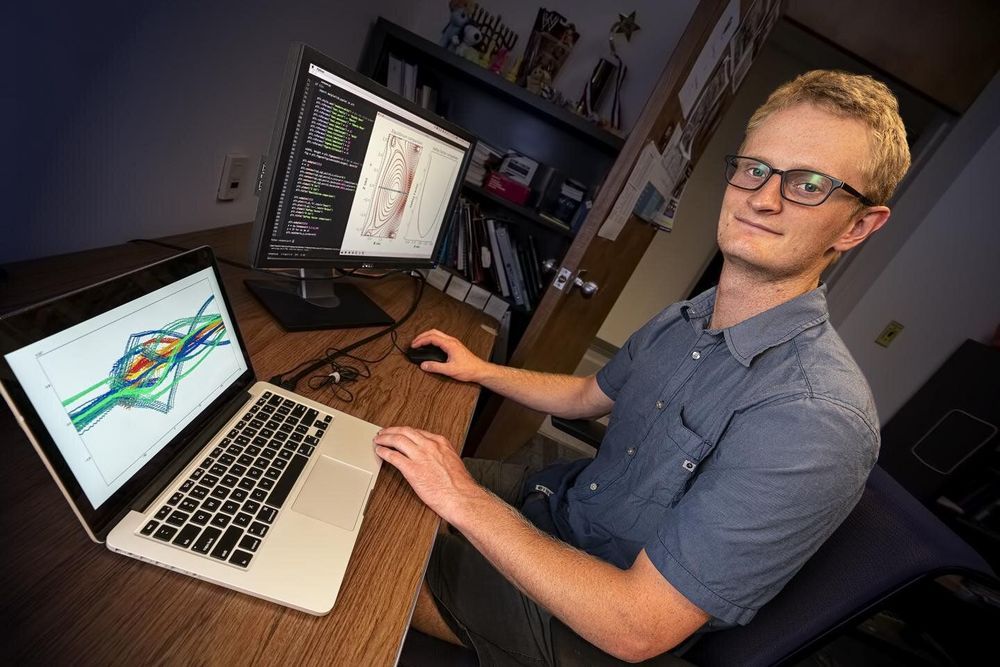Scientists seeking to bring to Earth the fusion that powers the sun and stars must control the hot, charged plasma—the state of matter composed of free-floating electrons and atomic nuclei, or ions—that fuels fusion reactions. For scientists who confine the plasma in magnetic fields, a key task calls for mapping the shape of the fields, a process known as measuring the equilibrium, or stability, of the plasma. At the U.S. Department of Energy’s (DOE) Princeton Plasma Physics Laboratory (PPPL), researchers have proposed a new measurement technique to avoid problems expected when mapping the fields on large and powerful future tokamaks, or magnetic fusion devices, that house the reactions.
Neutron bombardments
Such tokamaks, including ITER, the large international experiment under construction in France, will produce neutron bombardments that could damage the interior diagnostics now used to map the fields in current facilities. PPPL is therefore proposing use of an alternative diagnostic system that could operate in high-neutron environments.








